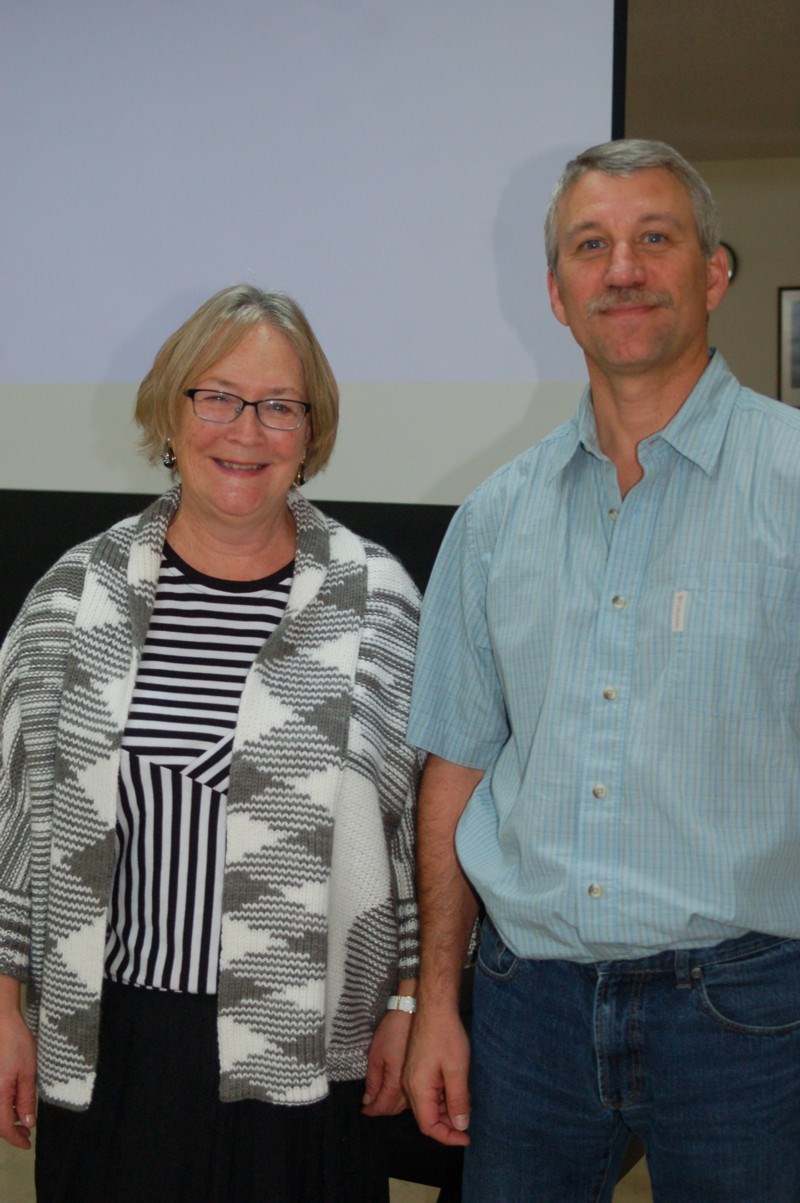Saskatchewan strives to maintain a healthy environment for the thousands of native species that live in the province. Despite many programs focused on maintaining and enhancing wildlife populations, some species have been threatened with extinction and require special attention to help ensure their survival, said Jordan Ignatiuk of Regina when he spoke in Preeceville on October 25.
Ignatiuk is originally from Preeceville. His presentation included information about the many animals and plants that are at risk of being on or are already on the endangered species list compiled by Nature Conservation of Canada. His presentation was sponsored by the Kelsey Ecological Society.
           Ignatiuk says he was born and raised on a farm near Preeceville where one can observe the transition aspen of the Parkland region to where the Boreal Forest begins. He spent many summers exploring the shores, forests and wetlands around his farm, where his love of nature and wildlife was nurtured. Ignatiuk completed an undergraduate degree in biology at the University of Regina and after two summers working with water fowl with Environment Canada in Saskatoon, he began his graduate field research. He received his master's degree from MacDonald College of McGill University. He worked at Ducks Unlimited, the Saskatchewan Wetland Conservation Corporation and most recently with the Nature Conservancy of Canada. Ignatiuk's career has included academic and applied research, wildlife habitat management and conservation, all of which provides him with a well-rounded base to provide the leadership for Nature Saskatchewan.
           "Jordan now serves as the executive director of Nature Saskatchewan. Many in this room enjoy exploring nature in this diverse area and we are pleased to welcome Jordan back to Preeceville," said Kathleen Pitt, the Kelsey Ecological Society president.
           The mission of the Saskatchewan Species at Risk program is to protect species from extirpation or extinction, and to prevent additional species and ecosystems from becoming threatened with extinction, Ignatiuk said. The focus of this program is directed at the needs of threatened and endangered species, and is integrated with Canada's Species at Risk program. Within the Ministry of Environment, the Fish and Wildlife Branch is legislated to address species at risk in Saskatchewan. This is done under the direction of The Wildlife Act, 1998 which includes provisions to designate and protect species at risk in Saskatchewan. There are currently 15 at-risk plants and animals identified in the Act.
Wildlife in Saskatchewan, including all species at risk, are protected from being disturbed, collected, harvested, captured, killed, sold or exported without a permit, he said. In addition, the den, house, nest, dam, or usual place of habitation of wildlife and wild species at risk is also protected from disturbance and destruction. Habitat protection has additional benefits for the province's flora and fauna, as it helps to maintain a healthy environment for all of Saskatchewan's wildlife.
           The Saskatchewan Conservation Data Centre (CDC) is used to select and prioritize candidate species for listing under The Wildlife Act, 1998, he said. The CDC maintains a centralized database used to store scientific information on the status, location and ecology of Saskatchewan species and plant communities, with a focus on those deemed to be at risk. The database is housed in the Ministry of Environment's Fish and Wildlife Branch. In addition to determining conservation status ranks, this database is also used to assist in development and conservation planning, and to support species recovery, biological research and direct monitoring for species at risk.Â




